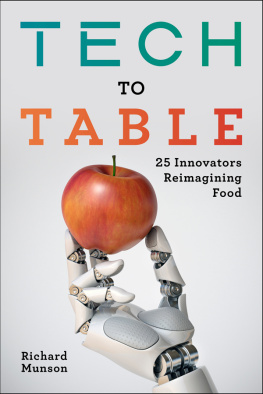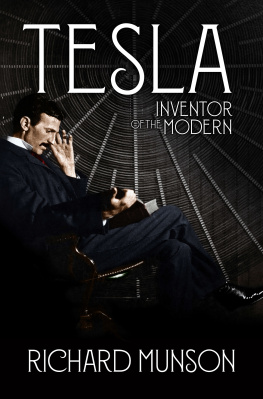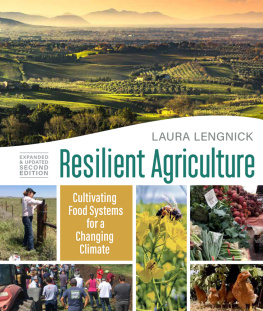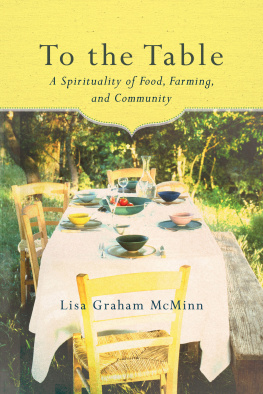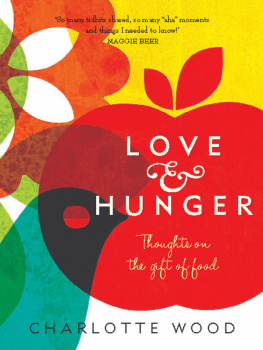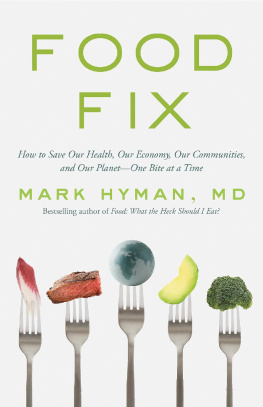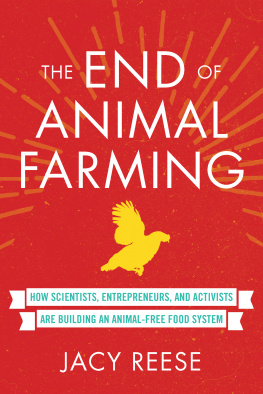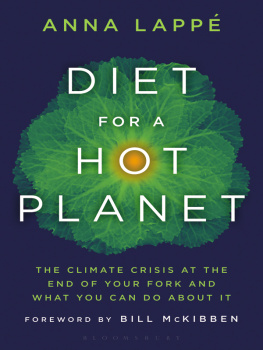About Island Press
Since 1984, the nonprofit organization Island Press has been stimulating, shaping, and communicating ideas that are essential for solving environmental problems worldwide. With more than 1,000 titles in print and some 30 new releases each year, we are the nations leading publisher on environmental issues. We identify innovative thinkers and emerging trends in the environmental field. We work with world-renowned experts and authors to develop cross-disciplinary solutions to environmental challenges.
Island Press designs and executes educational campaigns, in conjunction with our authors, to communicate their critical messages in print, in person, and online using the latest technologies, innovative programs, and the media. Our goal is to reach targeted audiencesscientists, policy makers, environmental advocates, urban planners, the media, and concerned citizenswith information that can be used to create the framework for long-term ecological health and human well-being.
Island Press gratefully acknowledges major support from The Bobolink Foundation, Caldera Foundation, The Curtis and Edith Munson Foundation, The Forrest C. and Frances H. Lattner Foundation, The JPB Foundation, The Kresge Foundation, The Summit Charitable Foundation, Inc., and many other generous organizations and individuals.
The opinions expressed in this book are those of the author(s) and do not necessarily reflect the views of our supporters.
Also by Richard Munson
Tesla:
Inventor of the Modern
From Edison to Enron:
The Business of Power and What It Means for the Future of Electricity
The Cardinals of Capitol Hill:
The Men and Women Who Control Government Spending
Cousteau:
The Captain and His World
The Power Makers:
The Inside Story of Americas Biggest Business... and Its Struggle to Control Tomorrows Electricity
George Fabyan:
The Tycoon Who Broke Ciphers, Ended Wars, Manipulated Sound, Built a Levitation Machine, and Organized the Modern Research Center
2021 Richard Munson
All rights reserved under International and Pan-American Copyright Conventions. No part of this book may be reproduced in any form or by any means without permission in writing from the publisher: Island Press, 2000 M Street NW, Suite 480b, Washington, DC 20036.
Library of Congress Control Number: 2021932940
All Island Press books are printed on environmentally responsible materials.
Manufactured in the United States of America
10 9 8 7 6 5 4 3 2 1
Keywords: ag-tech start-up, aquaculture, blockchain, cell-cultured meat, CRISPR, disruptive technologies, farm drones, food waste, hydroponics, insect farming, lab-grown meat, mechanical harvesting, methane blocker, pesticide alternatives, plant-based protein, precision agriculture, soil probiotics, 3D printing meals, venture capitalists, vertical farming
ISBN-13: 978-1-64283-191-7 (electronic)
To Daniel, Dana, and Ryan, the next generation;
and in memory of Lauren
We know more about the movement of celestial bodies than we know about the soil underfoot.
Leonardo da Vinci
INTRODUCTION
The Rise of Innovators
The rolling farm fields of Iowa and the sleek glass-and-steel office parks of Californias Silicon Valley could hardly present two more different pictures of the American economy. Yet today, these worlds are colliding in the realm of food and agriculture, disrupting an industry well known for its conventionalism. Within just the past decade, new technologies have begun to redefine what it means to farm, and even the nature of food. Agricultural-technology, or ag-tech, start-ups, twenty-five of which are profiled in the chapters that follow, have soared by 80 percent annually since 2012, attracting more than $30 billion in direct investment in 2020.
The scope of these innovators startles. Serial entrepreneurs grow crops year-round and without soil on stacks within large urban warehouses, moving farming closer to consumers and from the horizontal to the vertical. Medical doctors make meats from plants and cultured stem cells, delivering proteins without slaughtering animals. Engineers deploy drones, ground-based sensors, and precision controls to track and apply the water and nutrients needed by individual plants throughout massive fields. Roboticists send autonomous machines to pick fruitsand pluck weeds, reducing drudgery and curtailing the need for poisonous herbicides. Biologists, confronting and tackling climate change, edit genes so plants withstand droughts or sequester carbon. Chemists devise probiotics that nourish microbes and roots, avoiding the need for synthetic fertilizers. Bankers compile sophisticated ledgers that trace crops from seeds to tables, empowering consumers with information about their food and allowing farmers to benefit from their products special attributes.
These diverse innovators are supplanting the long-standing debate between Big Ag Entrepreneurial innovators represent a third path, an alternative that advances disruptive technologies not just to feed a growing population but also with the express goal of sustainability.
The individuals driving these developments are often as unconventional as their inventions. They tend to be outsiders, people who have worked in technology rather than agriculture. Most are young, idealistic, but also aggressive competitors thrilled to challenge the status quo. They look at food and farms from fresh perspectives and see opportunities.
The twenty-five innovators profiled in these pages come from a variety of professional, ethnic, and geographic backgrounds. Their specific motivations and endgames differ. Yet each is part of a widespread revolution in how we farm and what we eat. Some of their inventions have received full-blown media attention, so you may have already tasted plant-based burgers that are indistinguishable from beef, but othershave yet to reach widespread markets. Have you sipped vodka made from CO2 or dined on food made by a 3D printer?
You might ask yourself, Do I want to? In other words, should we trust these new technologies? My answer is, not blindly. The efforts of the green revolution technologists of the 1950s and 1960s increased crop yields and reduced worldwide hunger, but they poisoned our lands and water, decreased food diversity, and limited competition. Todays innovations must be judged by their long-term sustainability (their ability to protect the planet) and equity (their ability to provide nutritious food to a growing population). They must show declines in the number of malnourished individuals as well as agricultures greenhouse-gas emissions. Through measurements of soil, water, and air quality, they must demonstrate transparently that they meet the needs of the present without compromising the ability of future generations to meet their own needs.
There is of course no guarantee that the innovations covered here, or the new ones that will be hitting the market in the coming years, will meet those criteria. But unlike the agricultural technologists of the 1950s and 1960s, todays entrepreneurs do have the benefit of hindsight, of seeing how technologies that disrupt natural systems can backfire. A common theme throughout these profiles is mimicking nature rather than running roughshod over it. These innovators are more likely to be guided by inconvenient truths than better living through chemistry; they have put sustainability front and center in ways that would not have occurred to earlier generations of scientists and technologists.
Yet the environmental and health consequences of our industrial food system have been known for decades. So why now? Why are so many agricultural innovators suddenly attracting investments and capturing markets? The short answer is opportunity. First, the confluence of technological advancesincluding computers, sensors, robots, and machine learningallow fast-moving disruptors to thrive, particularlyin an agricultural sector that has been slow to adopt innovation. Second, visionaries and their financiers increasingly believe they can outcompete Big Ags slow-moving oligopolies. Finally, and most importantly, the sheer size of our challengesto double food availability and slash pollutiondemands creative thinkers and actors.

